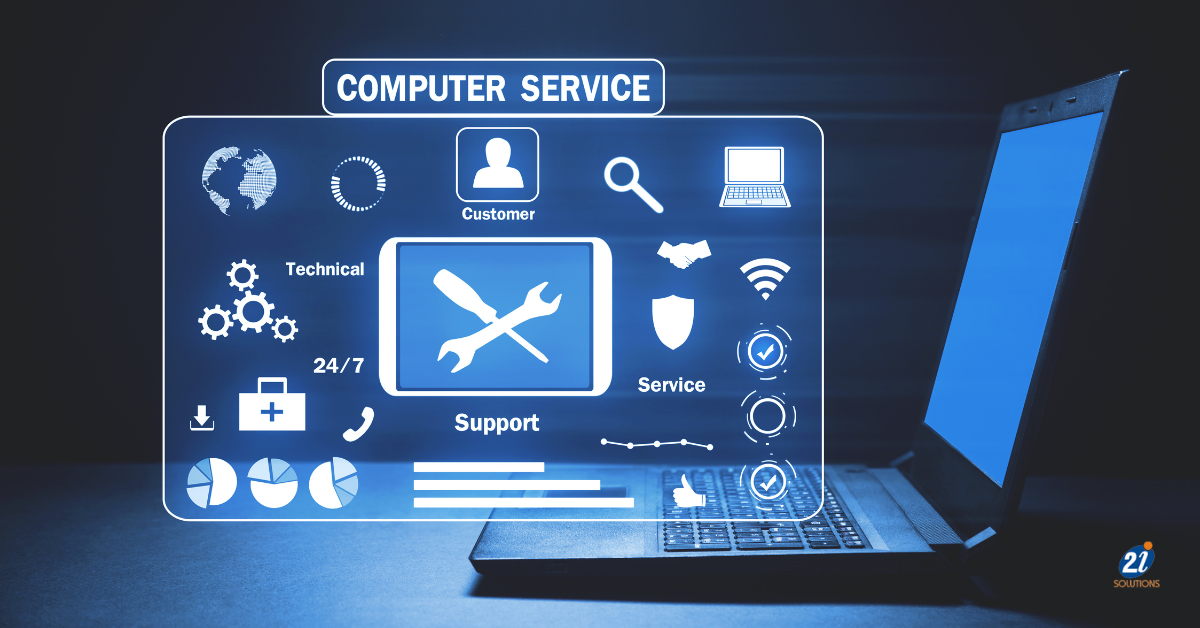SAP Datasphere vs Traditional Data Warehousing: What is the Difference?
SAP Datasphere vs Traditional Data Warehousing: What’s
the Difference?
In today’s data-driven
economy, information is no longer just a byproduct of business—it’s the
backbone of strategy, innovation, and customer experience. As organizations collect
more data than ever before, the way they store, manage, and analyze this data
plays a critical role in their competitive edge. For years, traditional data
warehouses served as the central repositories of business data. But now, with
the arrival of SAP Datasphere, companies are rethinking their data strategies.
So, what exactly is SAP Datasphere, and how does it differ from traditional
data warehousing?
This blog explores the
key differences between SAP Datasphere and conventional data warehouse
solutions, highlighting how this next-generation platform is reshaping the way
businesses leverage data for insights and innovation.
The Basics: What is a Traditional Data Warehouse?
The traditional data warehouse functions as a central database system
engineered for reporting purposes along with data analytical tasks. The data
warehouse holds historical information collected from ERP systems together with
CRM platforms and external files through structured schemas that use either
star or snowflake model designs. ETL (Extract, Transform, Load) methods serve
as processes to prepare and transfer data into the warehouse after cleaning and
transforming it.
The most recognizable systems fall under the category of on-premises such
as IBM Db2 and Oracle Exadata together with legacy versions of SAP BW (Business
Warehouse). Systems based on these technologies consistently demonstrate
reliability through their support of intricate business intelligence (BI)
operations. The systems present difficulties when expanding operations and
require major infrastructure upkeep while being hard to grow at speed.
Enter SAP Datasphere: A New Approach to SAP Data Management
SAP Datasphere (formerly
known as SAP Data Warehouse Cloud) is SAP’s cloud-native, unified data service
designed to enable seamless access, integration, and sharing of trusted data
across landscapes. Unlike traditional data warehouses, Datasphere isn’t just a
storage solution—it’s a comprehensive data fabric that connects diverse data
sources while preserving business context.
SAP Datasphere brings
together SAP
data management, analytics, and governance in one integrated environment,
making it easier for enterprises to connect siloed data sources, maintain
consistency, and empower business users with real-time insights.
Key Differences Between SAP Datasphere and Traditional Data Warehousing
1. Cloud-Native vs On-Premises Infrastructure
Traditional data
warehouses are often hosted on-premises, requiring dedicated servers, storage
hardware, and extensive IT support. Scalability is limited by physical
infrastructure, and upgrading systems can be time-consuming and costly.
In contrast, SAP
Datasphere is fully cloud-native, built on SAP Business Technology Platform(BTP). It leverages the flexibility, scalability, and high availability of the
cloud. Companies can scale up or down based on demand without investing in new
hardware, and updates are handled automatically by SAP—no downtime, no
maintenance hassles.
2. Data Virtualization vs ETL
One of the biggest pain
points in traditional data warehousing is the ETL process. Moving and
transforming data from multiple systems into a central warehouse is resource-intensive
and can cause data delays.
SAP Datasphere introduces
data virtualization, which allows businesses to access and query data in
its original source without physically moving it. This means faster access to
data, reduced duplication, and real-time insights. Data stays where it is but
becomes part of a unified semantic layer, maintaining consistency across tools
and teams.
3. Business Context and Semantics
Traditional warehouses
focus on storing data in structured formats, but they often lose the original
business meaning of the data. Business users have to rely on IT teams to
interpret and deliver insights.
SAP Datasphere maintains
the business semantics of data as it moves between systems. For example,
if a dataset refers to “net revenue” or “customer lifetime value,” Datasphere
keeps this definition intact across reporting tools and analytics dashboards.
This ensures a shared understanding of data across the enterprise and reduces
misinterpretations.
4. Real-Time Collaboration and Self-Service
In traditional systems,
business users depend heavily on IT teams to create reports or make changes to
data models. This creates bottlenecks and limits agility.
SAP Datasphere promotes self-service
analytics by giving business users access to trusted data sets and intuitive
modeling tools. Teams can collaborate in real time, build reports, and create
dashboards without deep technical skills. This democratization of data empowers
faster decision-making and reduces IT workload.
5. Unified Data Governance
With multiple data
sources and copies, traditional data warehouses struggle with data governance.
Ensuring compliance, lineage, and security across different systems is complex
and error prone.
SAP Datasphere
centralizes data governance, ensuring that data access, privacy
policies, and regulatory compliance rules are consistently applied. It also
integrates with SAP Data Intelligence for advanced metadata management, data
quality monitoring, and lineage tracking—critical for organizations in
regulated industries.
6. Integration with SAP Ecosystem and Beyond
While traditional data
warehouses integrate with SAP systems, the process often involves custom
connectors or complex configurations.
SAP Datasphere offers native
integration with SAP applications like S/4HANA, SAP BW/4HANA, and SAP
Analytics Cloud, as well as third-party platforms like AWS, Azure, Snowflake,
and Google Big Query. This makes it easier for companies to build a connected
data landscape that brings together SAP and non-SAP data in one place.
7. Cost and Resource Efficiency
Traditional data
warehouses involve significant upfront investment in hardware, software
licenses, and personnel. Maintenance and upgrades further increase total cost
of ownership (TCO).
SAP Datasphere follows a subscription-based
pricing model, aligning costs with usage. Companies can start small and
expand over time, making it a cost-effective solution for both mid-sized
businesses and large enterprises. Additionally, its low-code/no-code
environment reduces the need for specialized developers, saving resources.
Real-World Use Case: A Tale of Two Retailers
Let’s consider two companies—Company A & Company B.
Company A run a traditional data warehouse. Their data from sales, inventory,
marketing, and supply chain is extracted nightly, transformed, and loaded into
the warehouse. Reports are generated once a day. If the marketing team wants to
explore a new data set, it takes IT a few days to prepare it. Decisions are
often made with outdated information.
Company B adopts SAP Datasphere. They integrate their ERP, e-commerce, and CRM data
using data virtualization. Their marketing team uses self-service tools to run
real-time campaigns based on current inventory. They can trace the data’s
origin and ensure it complies with governance policies. As a result, Company
B responds faster to market trends, improves customer engagement, and
reduces operational overhead.
This simple comparison
highlights the strategic advantage of moving beyond traditional data
warehousing to a modern, agile data platform like SAP Datasphere.
When Should You Consider SAP Datasphere Platform?
Transitioning from a
traditional data warehouse to SAP
Datasphere platform isn’t just a technical decision—it’s a strategic move.
You should consider SAP Datasphere if:
- You’re struggling with siloed data across
departments.
- Your business users are waiting too long for
reports.
- You’re investing in cloud transformation and
digital innovation.
- You need to ensure consistent data definitions
and compliance.
- You want to reduce infrastructure and maintenance
costs.
- You plan to leverage both SAP and third-party
data sources in real-time.
Is SAP Datasphere a Replacement or a Complement?
The decision depends on your existing system framework. Using SAP BW/4HANA
enables you to implement SAP Datasphere which connects to your current models
while expanding them to cloud storage. The new implementation projects and
greenfield setups have Datasphere as their primary platform since it functions
independently from outdated warehousing frameworks.
The interoperability of SAP Datasphere design eliminates disruptive methods
in its functionality. The platform allows businesses to implement it in stages
so they can move toward it according to their digital readiness and operational
requirements.
Conclusion: The Future of Data is Intelligent, Agile, and Connected
Traditional data
warehousing paved the way for analytics, but the demands of today’s digital
businesses require more. SAP Datasphere represents a paradigm shift—one where
data is not just stored but connected, contextual, and ready to drive
intelligent decisions.
By embracing SAP
Datasphere, businesses can unlock the full potential of their data
assets—integrating sources, empowering users, reducing costs, and accelerating
innovation. The difference is clear: while traditional warehouses store data
for yesterday’s questions, SAP Datasphere is built to answer tomorrows.
If
you're ready to explore how SAP
Datasphere can revolutionize your data strategy, or if you have any
questions about how it can integrate with your existing systems, feel free to
reach out to us. Our team at 2iSolutions is here to guide you through the
process and help you harness the full power of your data.
Contact
us at sales@2isolutionsus.com to get started today!





